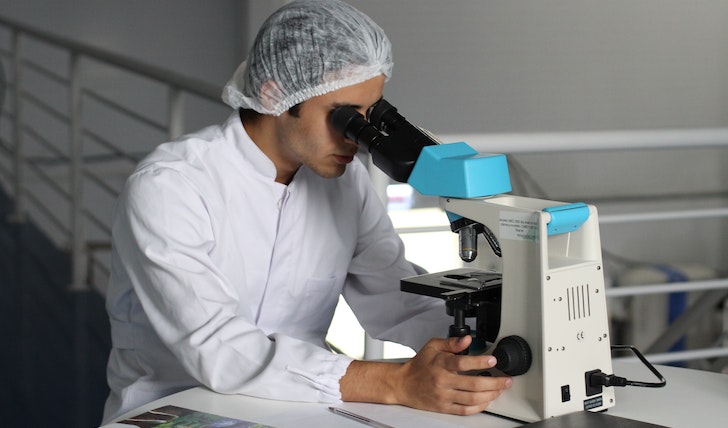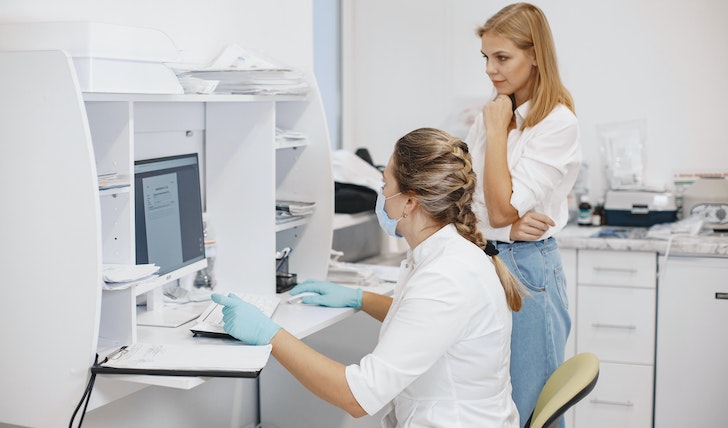
The Challenges of Creating an AI-Backed Medical Device

Artificial intelligence (AI) is no longer a fantasy notion from sci-fi movies. Today, AI plays an active role in our lives, especially in the medical sector. AI can vastly improve medical devices by giving doctors and other health professionals complex data to make decisions easily and efficiently.
However, developing reliable and effective AI-backed medical devices requires thorough research and development and presents a unique set of challenges.
This article will outline the top 7 challenges you could encounter when creating an AI-backed medical device.

Pixabay / Pexles | Although an AI-backed medical device is the need of the day, it is by no means an easy feat.
Data Collection & Management
The quality and accuracy of artificial intelligence technology relies entirely on the data that it collects and analyzes. Developing an AI-backed device requires gathering, curating, and managing vast amounts of data, which requires the involvement of many stakeholders.
This could mean dealing with issues of privacy, logistics of data integration, and data accuracy management. Experts recommend adopting a data-centric approach while developing an AI-backed medical device.
Hardware Limitations
Another significant challenge associated with creating AI-backed medical devices is related to the hardware. The limits of battery life, memory, processor speed, and connectivity affect the development of these high-tech devices. Thus, medical device producers need to take hardware limitations into account during device design, testing, and deployment.
Validation
When developing AI medical devices, determining the accuracy of the software algorithms developed to run them can be generally challenging. For example, it may be relatively easy to develop an algorithm to detect significant medical events such as a heart attack, and yet difficult to ensure that the algorithm can perform with accuracy across populations and demographics.

Gustavo / Pexels | One of the biggest challenges that come with AI integration with the healthcare sector is the lack of data.
Validation testing is the process that proves the algorithm is reliable and accurate and is a crucial factor in the development of AI-backed medical devices.
Regulatory Standards
Any medical device, including AI-backed ones, needs to meet the regulatory standards of the industry. The lack of an operational definition that instructs the development of such high-tech devices is a major challenge for medical device developers.
Consequently, this can lead to delays in regulatory clearance for bringing AI-backed medical devices to the market.
Data Privacy & Confidentiality
These devices require the gathering and processing of huge volumes of personally identifiable information (PII). While the data is necessary to make critical medical decisions, storing it puts user privacy at risk, which could lead to potential breaches and legal troubles.
That is why developers need to address data privacy and security concerns. How? Well, by taking the necessary measures to maintain the users’ privacy and data confidentiality.

Edward / Pexels | Validating that the AI-backed software is effective and reliable will be a tough task.
Limited Data Explanations
AI-backed medical devices frequently use complex algorithms. And this leads to unexplainable conclusions. This complication negatively impacts trust and security among users and healthcare professionals using such devices.
Adding an interface that allows users to understand how a device arrived at a particular conclusion is essential, making AI-backed medical devices more secure and increasing confidence among users.
Integration with Current Systems
Finally, AI-backed medical devices may not always integrate easily with current hospital systems. Integration issues may arise due to a lack of compatibility with existing medical networks or electronic health records.
So, compatibility issues must be fully addressed to ensure reliable data transfer and to enhance the overall experience when using AI-backed medical devices.
More in Anti-Aging
-
`
Should I Visit a Chiropractor? The Tell-Tale Signs
If you’re wrestling with persistent discomfort in areas like your neck, back, or shoulders, you’re not alone. Many Americans are intimately...
July 19, 2024 -
`
Chad Smith and Will Ferrell Drum-Off – A Night of Comedy and Music
The year was 2014. The late-night talk show landscape was abuzz with a brewing battle unlike any other. It wasn’t a...
July 8, 2024 -
`
Can Coughing Cause Back Pain?
Back pain is a common complaint among many individuals, but did you know that a simple action like coughing can exacerbate...
July 5, 2024 -
`
How to Overcome Imposter Syndrome?
Imposter Syndrome is a familiar term many recognize as a psychological state where individuals doubt their accomplishments, fearing that others will...
June 27, 2024 -
`
Which Peptides Are Best for Anti-Aging?
For those seeking to combat the signs of aging and maintain a youthful appearance, the world of skincare can feel overwhelming....
June 18, 2024 -
`
Celebrities with Celiac Disease – Inspirational Stories and Struggles
Celiac disease is a serious condition, and even the rich and famous aren’t immune. Many celebrities have been open about their...
June 10, 2024 -
`
How to Fix Poor Sleep Hygiene for Better Rest
Sleep is a fundamental human need, as crucial for our well-being as a healthy diet and regular exercise. Yet, many people...
June 6, 2024 -
`
5 Easy & Effective Ways of Coping With Depression
Depression is more than just feeling sad or having a bad day. It is a pervasive mental health condition that affects...
May 30, 2024 -
`
Top 10 Practical 60th Birthday Ideas For Everyone
Turning 60 is a milestone worth celebrating! Whether you are planning your own bash or organizing a celebration for a loved...
May 24, 2024















You must be logged in to post a comment Login